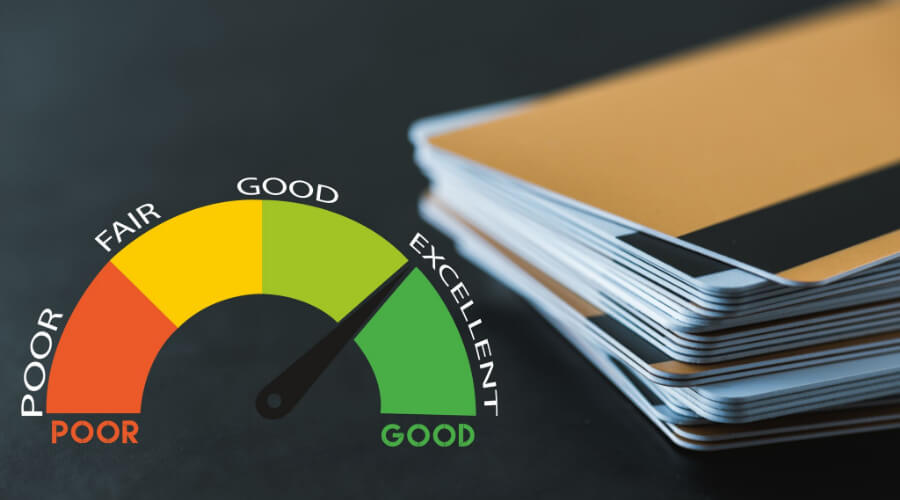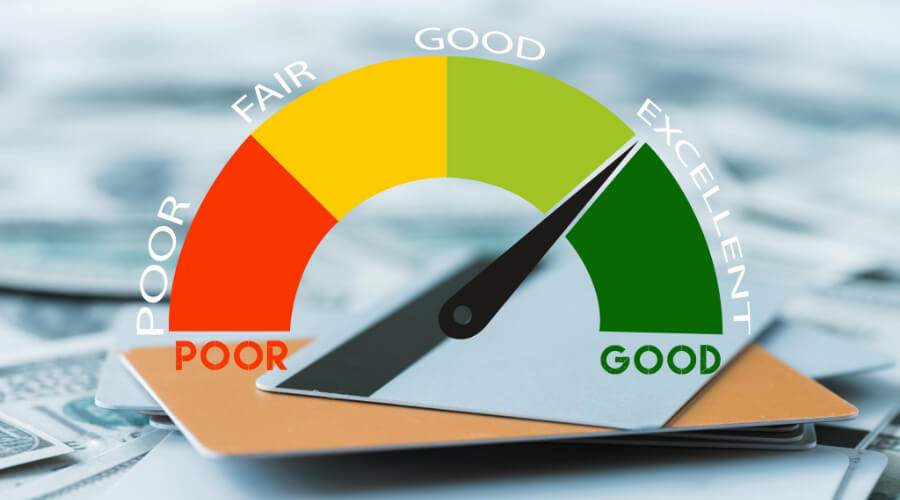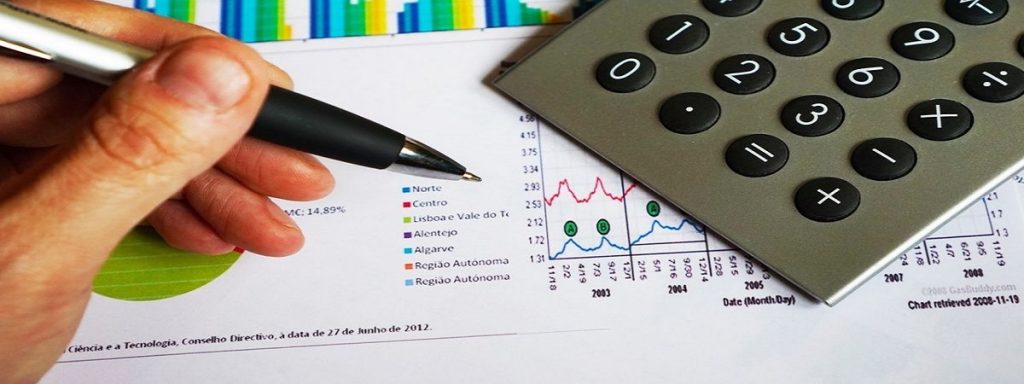A FICO score is a three-digit credit score that is determined based on the information of a consumer’s credit report. Usually, the credit report is maintained by the credit bureaus, Experian, Equifax, and TransUnion. A credit score is very important financial information that helps lenders determine how likely you are to repay a loan. Apart from the FICO score, there are also other credit scores available that various companies use like the VantageScore. Today we will know about the FICO score and VantageScore as well as their differences.
Both FICO score and VantageScore offer credit-scoring models to assess the information in the credit reports and issue a credit score. Both credit scoring models use many of the same factors to determine the credit scores. But when they calculate the score, they give different importance to the same factors therefore the credit score differs very slightly. So, you might have different credit scores depending on the credit scoring model.
What Is A FICO Score?

The FICO credit score is a very popular and widely used credit score and the name derives from the Fair Isaac Corp. FICO score was first introduced in 1989. According to FICO, more than 90% of top lenders use FICO® scores. Moreover, FICO scores have helped millions of people to gain access to the credit that they might require for education, buy a first home, cover medical expenses, etc. Another advantage of the FICO score is it provides industry-specific scoring models for distinct credit products, like auto loans, credit cards, and mortgages. The FICO score ranges from 300 to 850.
What Is VantageScore?

A VantageScore is a type of credit score that is jointly developed by the three major credit bureaus to predict how likely you are to repay borrowed money. This credit score model is managed and maintained by VantageScore Solutions, LLC and it was formed in 2006. Like the FICO score, VantageScore also uses statistical analysis on the information of a consumer’s credit report to determine the credit score. The main purpose of VantageScore is to identify the risk of loan default in the form of three-digit scores. The VantageScore 3.0 and 4.0 range from 300 to 850.
Similarities Between FICO Scores And VantageScore
Before we dig into the differences between these two credit scoring models let’s check the similarities between the FICO score and VantageScore. Both FICO and VantageScore credit scores serve the same purpose therefore some common similarities are –
1. Credit Score Range
2. Design Objective
3. Credit Score Factors
4. ECOA Compliance
Credit Score Range
FICO scores range from 300 to 850. On the other hand, VantageScore first had a different scoring range and it was 501 to 990. But, now the new VantageScore 3.0 and 4.0 have the same score range of FICO score and it is 300 to 850. For both these two models, the higher the score is the better. If you have a higher score then it will be easy for you to qualify for financing and to receive competitive financing offers from lenders.
FICO Credit Score Range
1. Exceptional: 800+
2. Very good: 740 to 799
3. Good: 670 to 739
4. Fair: 580 to 669
5. Poor: 579 and below
VantageScore Credit Score Range
1. Excellent: 781 – 850
2. Good: 661 – 780
3. Fair: 601 – 660
4. Poor: 500 – 600
5. Very Poor: 300 – 499
Design Objective
Both these two credit score models have the same objective. They share the same stated design objective. Both FICO and VantageScore predict the chances of a consumer will pay any credit obligation 90 days late or worse within the two years. If a consumer has a higher credit score then it means that the consumer is less likely to pay his bills severely late. On the other hand, a lower credit score signals the opposite for the FICO score as well as VantageScore.
Credit Score Factors

Both Fico and VantageScore use the same factors to determine the credit score. Usually, the factors include payment history, credit utilization ratio, the age of your accounts, a mixture of account types, and more.
Credit Score Factors for FICO
1. Payment history: 35%
2. Amounts owed: 30%
3. Length of credit history: 15%
4. New credit: 10%
5. Credit mix: 10%
Credit Score Factors For VantageScore
1. Payment history: extremely influential
2. Age and type of credit: highly influential
3. Percentage of credit limit used: highly influential
4. Total balances and debt: moderately influential
5. Recent credit behavior and inquiries: less influential
6. Available credit: less influential
ECOA Compliance
There is a federal law known as the Equal Credit Opportunity Act (ECOA) and credit scoring modes need to pass this law. Both FICO and VantageScore have passed this law. It ensures that credit scores in the U.S. have been built using a proven, scientific method.
Differences Between FICO Scores And VantageScore

Apart from some similarities, FICO and VantageScore have differences. You can consider FICO and VantageScore as the Pepsi and Coca-Cola of the beverage world. Here are some key differences between the two credit score brands.
Founders
FICO and VantageScore are two different competing companies. Both these credit score models sell credit scores to lenders and other businesses in the financial industry. FICO is a publicly-traded company based in California and it was founded by an engineer, Bill Fair, and a mathematician, Earl Isaac. On the other hand, VantageScore is based in Connecticut and it was jointly founded by Equifax, TransUnion, and Experian in 2006.
Minimum Scoring Criteria
FICO and VantageScore have different minimum credit scoring criteria. Not everyone is eligible for a credit score and the minimum scoring criteria determine if a person is eligible for the credit. According to the FICO score, if you want to qualify for credit then your credit reports need to display a trade line of a minimum of six months old and at least one tradeline must show some activity in the last six months. On the other hand, qualifying for VantageScore is a bit easier compared to the FICO score. The VantageScore report only needs at least one tradeline present, regardless of the age of that account.
Points Value
Credit scoring models check the credit report and award you a certain number of points based on the information it finds. You will receive points for various factors like payment history, credit utilization, length of credit history, credit inquiries, etc. FICO and VantageScore models assign different values for the same factors. For example, a delinquency-free credit report might earn you 150 points toward your FICO Score but the same report might earn you 155 points toward your VantageScore credit scoring model. These point values are purely hypothetical but they have an impact on your total credit score.
Credit Score Values
Both FICO and VantageScore have the same credit score range but their credit score values are different. For example, a 670 FICO Score will be enough to qualify for a credit card with ABC Bank but you will need a higher score like 680 to qualify for a credit card application with ABC Bank.
Tri-Bureau VS. Bureau-Specific Models
VantageScore credit scoring model is a single tri-bureau model that can be used with a credit report from Experian, Equifax, or TransUnion. On the other hand, FICO creates a bureau-specific scoring model and the latest model is FICO score 9.
Credit Utilization
This is a very important factor and it plays a very vital role in your credit score. Usually, credit scoring models consider the most recently reported revolving account balances to determine the credit score. This is a big difference for FICO and VantageScore. VantageScore 4.0 considers the trended utilization like the minimum credit card payments or pays your bill in full information but FICO doesn’t use the information.
Collection Accounts
Unpaid collections accounts have a negative impact on FICO and VantageScore credit scores but collection accounts are treated differently by the FICO and VantageScore. For example, FICO Score 9 ignores paid collection accounts but FICO Score 8 doesn’t ignore paid collection accounts. On the other hand, VantageScore 3.0 and 4.0 both ignore the paid collection accounts but they don’t ignore low-balance collections.
FAQS About FICO Score VS VantageScore
How Can I Get My VantageScore And FICO Credit Scores?
There are many ways you can get the VantageScore and FICO credit scores. Some common sources include lenders, credit bureaus, nonprofit credit counselors, personal finance websites like Credit Karma, etc. Some provides will charge you a fee for the credit scores while others won’t charge you.
Are My Scores The Same At All Three Bureaus?
The answer to this question is no. Equifax, Experian, and TransUnion are the three different bureaus and usually, they provide different reports. So it is quite common to have a different credit score from these three bureaus.
Why Is My VantageScore Higher Than FICO?
Usually, the VantageScore counts multiple inquiries within 14 days so it has a greater impact on your VantageScore than the FICO credit score. Therefore, sometimes VantageScore is higher than FICO.
Do Lenders Use FICO Or VantageScore?
Usually, most of the lenders prefer to use the FICO credit score for general lending decisions like personal loans and credit cards. VantageScore is another credit scorning model and it is also a good alternative to FICO and many lenders also use it as well.
Does Capital One Use Vantage Or FICO?
FICO and VantageScore are two primary credit scores in the USA and FICO is the most popular one. However, Capital One uses TransUnion’s VantageScore 3.0 model.
References:
1. https://www.forbes.com/advisor/credit-score/fico-vs-vantagescore-credit-scores-whats-the-difference/
2. https://www.creditkarma.com/advice/i/vantagescore-vs-fico
Last Updated on February 9, 2022 by

Magalie D. is a Diploma holder in Public Administration & Management from McGill University of Canada. She shares management tips here in MGTBlog when she has nothing to do and gets some free time after working in a multinational company at Toronto.





